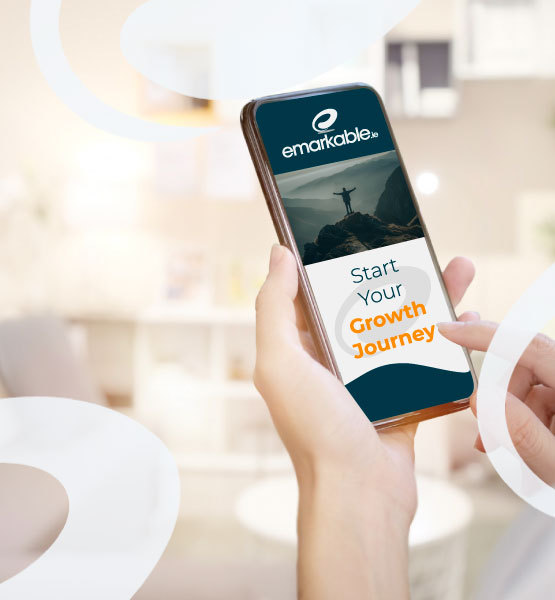Design Your Website Navigation to Satisfy Visitors Not Executives
There are plenty of considerations to be considered when designing your website – from the page layout, to the colours you use, even logo placement. However, one of the most critical, and yet overlooked areas, is your website navigation.
Too often, business website navigation is designed to satisfy the requests of company executives, rather than satisfying your actual website visitors. This is the wrong approach to take. Why does it happen though? And what are your options when it comes to navigation layout and design?
Why You Cannot Focus on Search
Many business websites give a brief nod to navigation and provide users with a search box. Search is great, but it is essential to know that many of your website visitors are going to ignore that capability, particularly if they are first-time visitors. In fact, almost three-quarters of your website traffic will rely on information architecture (links, tabs, etc.) rather than use the search box. Why is that? There are several reasons, including:
- Many people may not even realise there is a search box available.
- Many people do not know precisely what it is they’re looking for.
- Many people are uncomfortable using search and prefer to use information architecture/on-page navigation.
Your company’s executives will likely want the website to be all about the company, but the problem is that it should be all about your users. After all, without them, your business will founder and fail. Every element should be designed around the concept of delivering the best possible user experience, and that includes the navigation.
With that being said, not all navigation styles are created equal. Some may offer more traction than others depending on your specific business or industry, while others should really be avoided just as much as company-centric navigation.
Digging into Your Navigation Options
Chances are good that you can think of several different navigation styles. However, it’s just as likely that you are not aware of just how many options are out there. In this section, we’ll explore your choices and provide a brief explanation of how they work.
Horizontal – We’ll begin with the single most commonly-used type of navigation. Horizontal navigation is exactly what it sounds like. Your tabs or menu options are laid out horizontally at the top of the page. It’s frequently persistent, meaning that it sticks around as your visitors scroll down the page.
Task-Based – Task-based navigation relies on your users following specific verbs. For instance, a login button is an example of task-based navigation, as is a call to action to get visitors to sign up for an email list.
Dropdown – Dropdown menus are frequently used in conjunction with horizontal navigation, which allows you to nest related pages together in an effort to guide your users to the content they want and need.
Icons – Icon-based navigation replaces text with imagery. For instance, rather than “home”, the button would have the outline of a house. Instead of “shopping cart”, the user would see the image of a shopping cart.
Audience – Audience-based navigation tries to provide information relevant to specific audience subsets within individual tabs or pages, but is one of the less effective options you can use.
Hamburger – One of the most popular navigation methods in common years, hamburger navigation is based on an icon that resembles its namesake food (three horizontal lines) that, when clicked, offers a drop-down navigation menu.
Additional Considerations
In addition to the navigation styles we discussed above, there are also other considerations. Primary navigation is the main navigation system for your site, whether that’s a horizontal menu bar, a drop-down menu or something else. Secondary navigation is usually nested within primary navigation – hovering over a tab name reveals sub-tabs, for instance. Footer navigation is also used and is found at the bottom of the page. Breadcrumb style navigation is also usable. Amazon is one of the better examples of this navigation in action.
Get Feedback
Whatever type of navigation you ultimately choose, it’s important that you get accurate, actionable feedback from several groups of people. Who should you ask for feedback?
Stakeholders – You should certainly ask stakeholders, including executives, to provide feedback on usability and functionality, but do not prioritise their feedback over that of other groups.
Your Customers/Users – The most important feedback will come from your users and/or customers. Listen very seriously to what they are telling you, as it can save you a lot of pain in the long run.
Competitors – While you won’t ask competitors for their feedback, you should benchmark your site’s navigation against theirs. Is yours clearer? Easier to use? Faster?
Conclusion
When all is said and done, your information architecture needs to put your users first. After all, your website is about them, not your executives, and not even about your company. Make sure your navigation is effective, clear, and easy to use, while also speaking to your users’ needs, expectations, and pain points.





